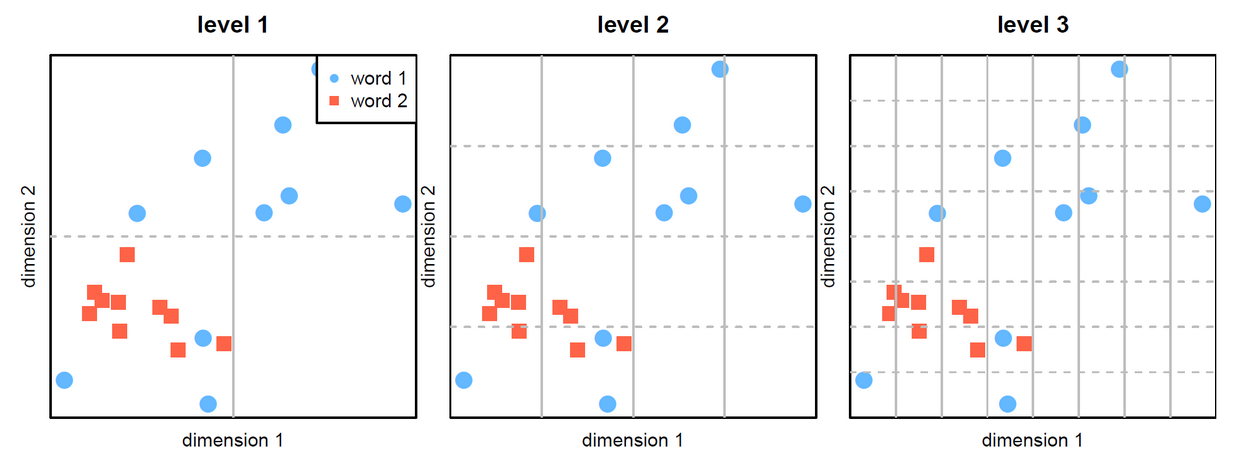Unsupervised Word Polysemy Quantification with Multiresolution Grids of Contextual Embeddings
The number of senses of a given word, or polysemy, is a very subjective notion, which varies widely across annotators and resources. We propose a novel method to estimate polysemy, based on simple geometry in the contextual embedding space. Our approach is fully unsupervised and purely data-driven. We show through rigorous experiments that our rankings are well correlated (with strong statistical significance) with 6 different rankings derived from famous human-constructed resources such as WordNet, OntoNotes, Oxford, Wikipedia etc., for 6 different standard metrics. We also visualize and analyze the correlation between the human rankings. A valuable by-product of our method is the ability to sample, at no extra cost, sentences containing different senses of a given word. Finally, the fully unsupervised nature of our method makes it applicable to any language. Code and data are publicly available at https://github.com/ksipos/polysemy-assessment . The paper was accepted as a long paper at EACL 2021.
PDF Abstract EACL 2021 PDF EACL 2021 Abstract